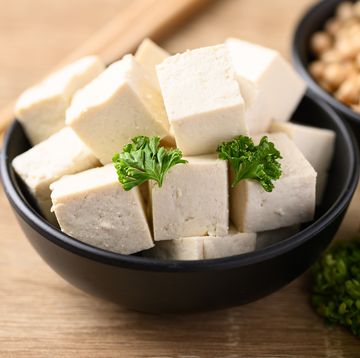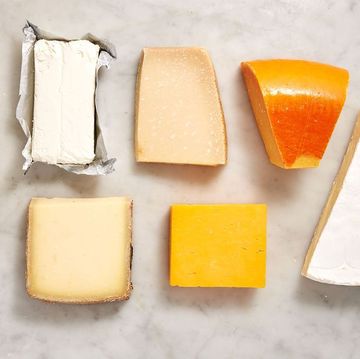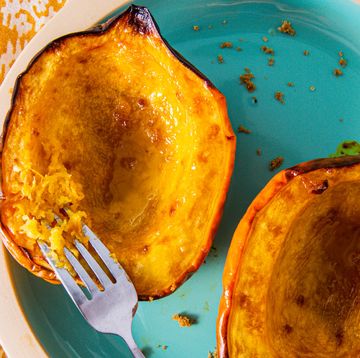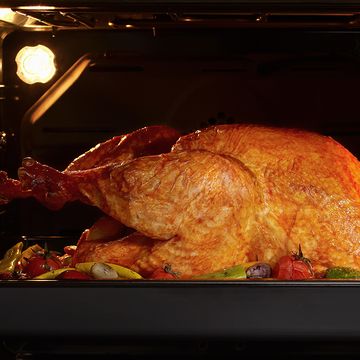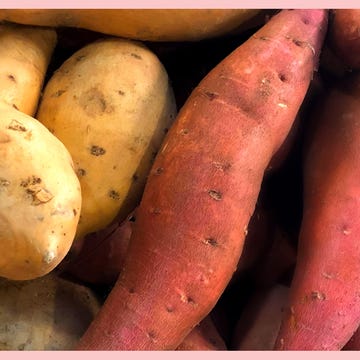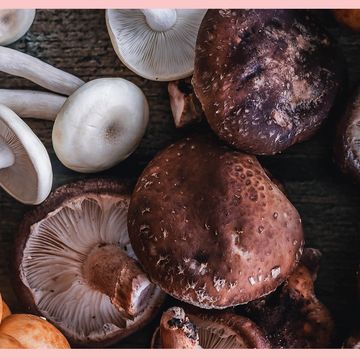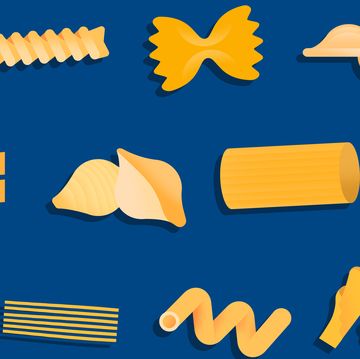When it comes to different cuts of steaks, not all are the same. Ones like ribeyes and filet mignon come from parts of the cow that don't get worked very much, which makes them naturally tender and a little fattier. Other cuts are much tougher (think chuck roast), as they come from parts of the cow that get worked a lot, like the shoulder and legs, and have less fatty meat. With a little more toughness typically comes a less expensive cost per pound. Plus, tougher cuts tend to be larger, making them great for feeding a lot of people. Make sure to properly tenderize your tougher steak with these simple tips.
Cook It Low And Slow
Braising steak is the most common way to tenderize it. By cooking it for an extended period of time, the collagen in the meat (which makes it tough), starts to break down and become gelatinous. This is when you get that easily shreddable pot roast or short ribs that literally fall off the bone. Some kind of liquid is always included in a braise to maintain a wet heat while cooking; the steam keeps the meat juicy so it doesn't dry out after cooking for hours. Cooking low and slow always requires some patience—but is well worth the wait.
Pound It Out
The most stress-relieving way to tenderize steak. Use a meat mallet to pound out the meat thinner, which will allow for a super-quick cook time and help prevent the meat from toughening. Meat mallets come with two sides: one flat and one pointy. The flat side is used for flattening meats, while the pointy side is used for tenderizing, as it break ups the muscle fibers and relaxes the meat.
More From Delish

Thinly Slice It
You've heard the rule to always cut steak against the grain (if you need a refresh on our other key tips, head here). This is important for tougher cuts like flank steak. By slicing against the grain you cut through the chewy connective tissue, making each piece more tender.
Not sure which way is against the grain? Look for the muscle fibers that are visible on the outside of the steak. Before cooking they're the white stripes you can see running throughout a fillet. You can still see them after cooking; they're just a lighter shade than the steak itself. Make sure you cut through and across those lines instead of cutting alongside them.
Marinate It
Some may argue that a marinade doesn't help tenderize, but we believe at the very least it encourages tenderness. A proper marinade should include a fat, an acid, and something for flavor. The acid is what's going to help tenderize. If a piece of steak is given enough time in a marinade the acid will begin to break down the collagen. Then, once it starts to cook, the collagen won't be able to tighten back up as much, making a more tender piece of steak.
You'll still want to follow the rule of cutting against the grain and if you want the full benefit of the marinade, even flatten and tenderize the steak with a meat mallet before marinating.
Makinze is currently senior food editor at Delish, where she develops recipes, creates, and hosts recipe videos and is our current baking queen. She is our expert pie crimper, believes you should always have the ingredients for chocolate chip cookies on hand, and everyone needs to know a perfect roast chicken recipe.

